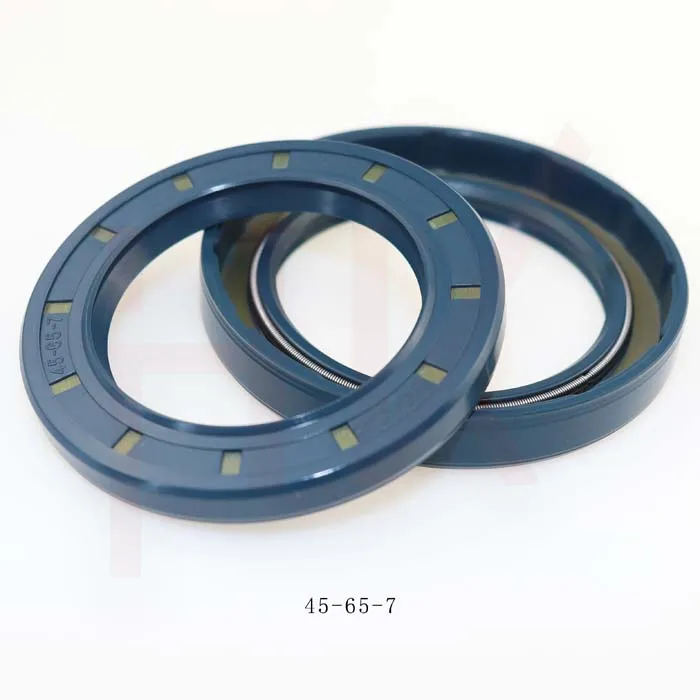Sep . 24, 2024 18:24 Back to list
Understanding Cylinder Gland Seals and Their Importance in Hydraulic Systems
Understanding Cylinder Gland Seals Importance and Functionality
In the world of hydraulic systems, the effectiveness of components directly correlates with their ability to maintain pressure and prevent leaks. One critical component in these systems is the cylinder gland seal. This article explores what cylinder gland seals are, their significance in various applications, and how they function.
A cylinder gland seal, often referred to as a rod seal or piston seal, is essential in hydraulic cylinders. It is designed to prevent the escape of hydraulic fluid from the cylinder while allowing the piston or rod to move freely. These seals are typically made from robust materials capable of withstanding harsh operating conditions, including high pressures and temperatures. Common materials include polyurethane, nitrile rubber, and PTFE (polytetrafluoroethylene), each selected for its specific properties to meet the requirements of the application.
The significance of cylinder gland seals cannot be overstated. In industries such as construction, manufacturing, and oil and gas, hydraulic systems are used to power machinery and equipment, often in demanding environments. A leak in the hydraulic system can lead to significant efficiency losses, increased operational costs, and even safety hazards due to the potential for equipment failure. The cylinder gland seal plays a pivotal role in preserving system integrity, ensuring that the hydraulic pressure is maintained while minimizing fluid loss.
cylinder gland seal

In terms of functionality, cylinder gland seals work through a combination of mechanical and hydraulic forces. As the piston moves within the cylinder, the seal compresses against the rod. This compression creates a barrier that limits fluid flow past the seal interface, while also accommodating the rod's movement. The design of the seal often includes specific features to enhance its sealing capabilities, such as lips or grooves, which improve contact with the rod and help manage fluid dynamics effectively.
Furthermore, the design and installation of cylinder gland seals require careful consideration. Proper selection based on operating conditions such as pressure, temperature, and the type of hydraulic fluid is crucial. Incorrect seals can lead to premature wear and potential system failure. Maintenance is equally important; regular inspection and replacement of worn seals can prevent costly downtime and repairs, ensuring that the hydraulic systems operate at peak efficiency.
Innovations in seal technology continue to evolve, with advancements aimed at improving durability and performance. For example, the development of hybrid seals that combine materials can enhance wear resistance and reduce friction, leading to longer service life and better energy efficiency. Such innovations are vital as industries push towards higher efficiency standards and more sustainable operations.
In conclusion, cylinder gland seals are essential components in hydraulic systems that provide effective sealing and prevent fluid leakage. Their proper function is critical for operational efficiency and safety across various industries. With ongoing advancements in seal technology, the future of hydraulic applications looks promising, emphasizing reliability and performance in increasingly demanding environments. Ultimately, understanding and maintaining these seals are crucial for anyone involved in the operation and maintenance of hydraulic systems.
-
TCN Oil Seal Metal Ring Reinforcement for Heavy Machinery
NewsJul.25,2025
-
Rotary Lip Seal Spring-Loaded Design for High-Speed Applications
NewsJul.25,2025
-
Hydraulic Cylinder Seals Polyurethane Material for High-Impact Jobs
NewsJul.25,2025
-
High Pressure Oil Seal Polyurethane Coating Wear Resistance
NewsJul.25,2025
-
Dust Proof Seal Double Lip Design for Construction Equipment
NewsJul.25,2025
-
Hub Seal Polyurethane Wear Resistance in Agricultural Vehicles
NewsJul.25,2025
-
The Trans-formative Journey of Wheel Hub Oil Seals
NewsJun.06,2025
Products categories
















